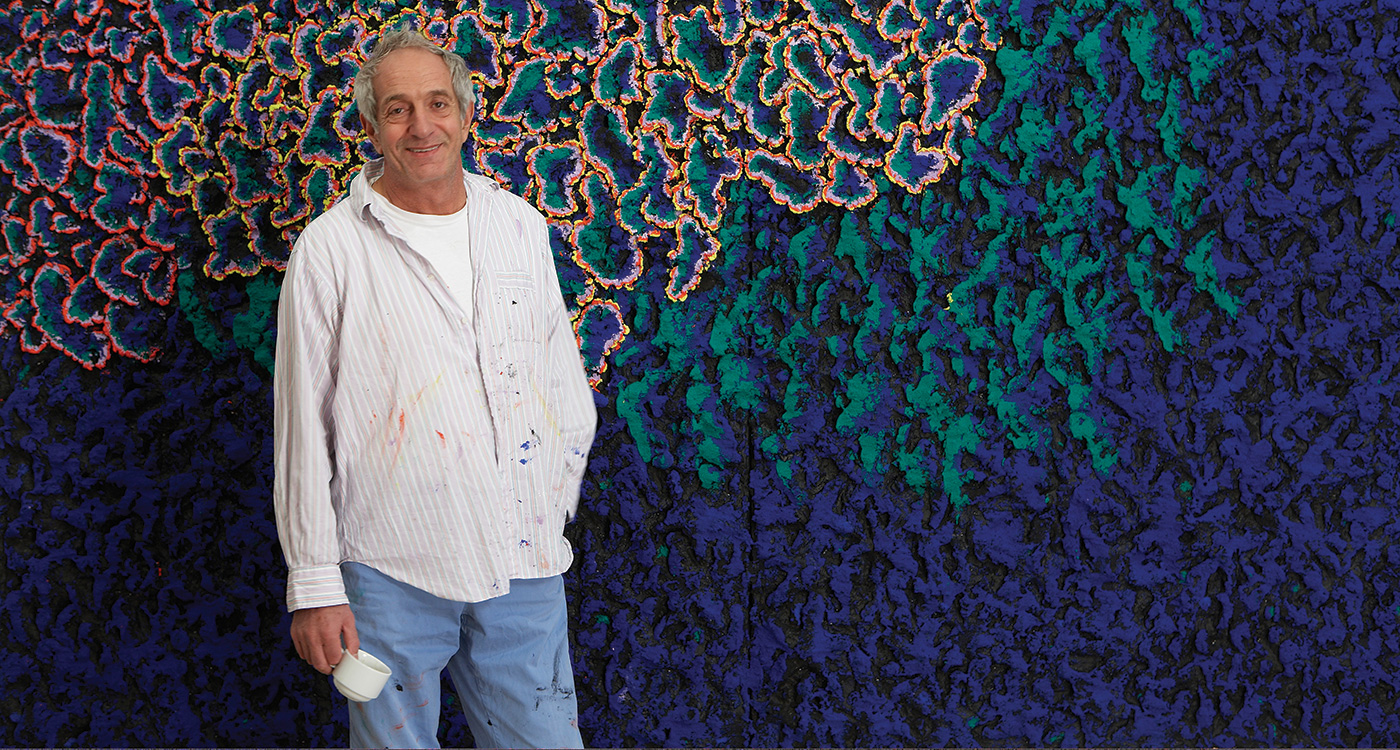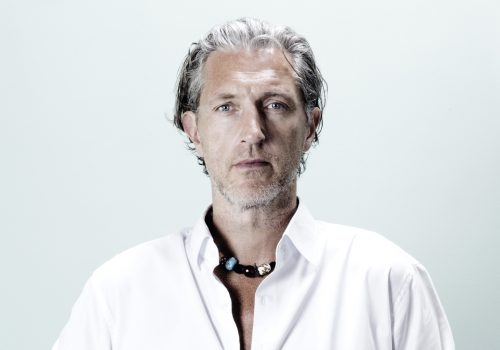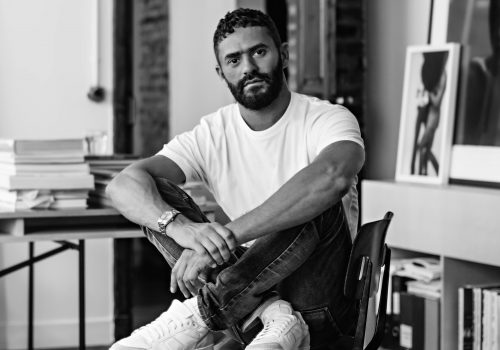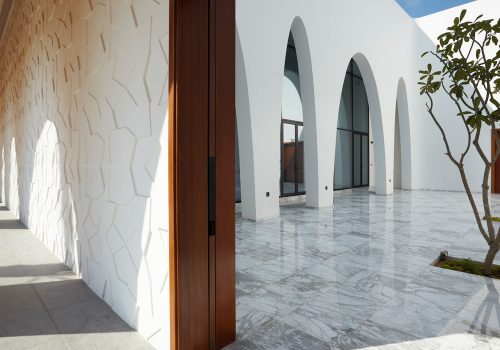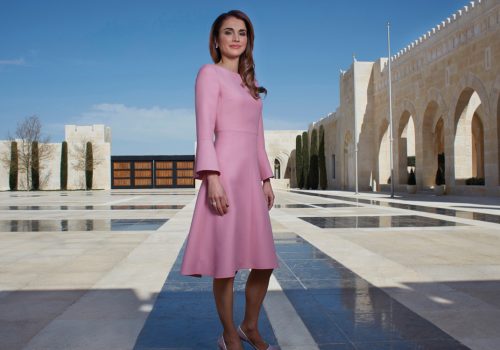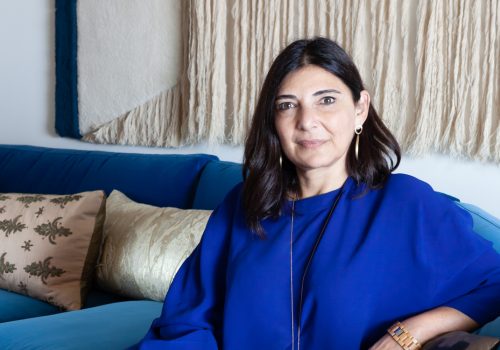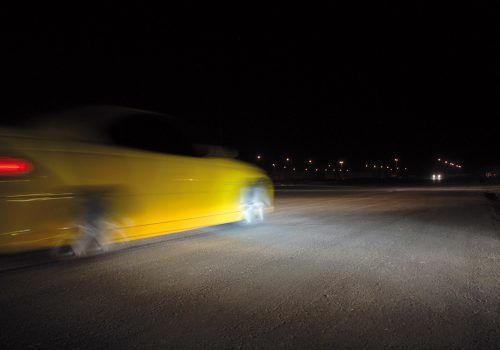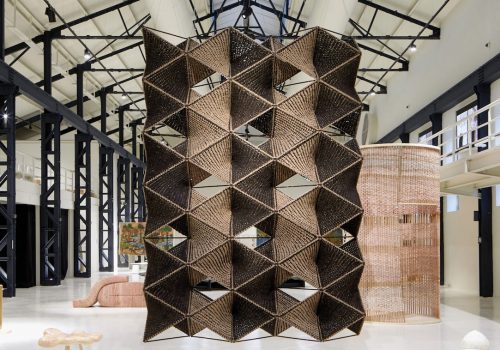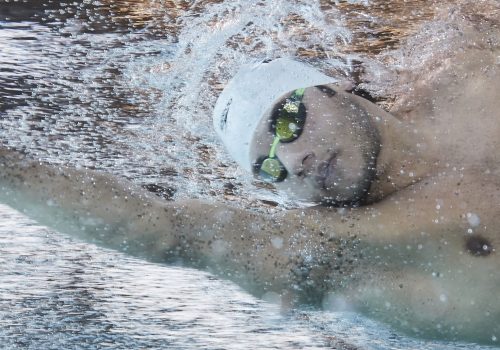In 2010, painter Nabil Nahas showcased 40 years of creativity in a retrospective at the Beirut Exhibition Centre (BEC). Although known as one of Lebanon’s most prolific and successful artists, the show was Nahas’ first on his home turf. And considering that he hadn’t set foot in the country for 18 years, the show was significant on many levels.
The rekindling of Nahas’ ties to his homeland began in 2006, when he created a series of paintings inspired by the Lebanese countryside. Then came the retrospective, which marked the opening of the Beirut Exhibition Centre / BEC. In 2013, Nahas was awarded the National Order of the Cedar, knight rank, by former Lebanese President, Michel Sleiman. This summer, he’s returning once again, this time to inaugurate his new studio in the Metn Mountains and next spring, he plans to hold his first commercial show in the country as well, timed to correspond with the launch of a monograph published by Skira, the world-famous publishers of fine art books.
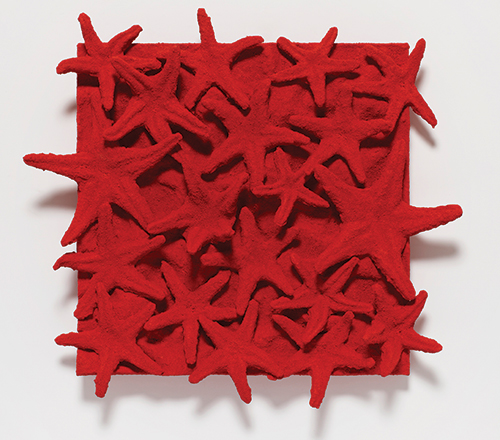
TOP IMAGE: Nabil Nahas stands before ‘Kind of Blue’, a large-scale canvas from the ‘Fractals’ series, made of ground pumice and acrylic and finished in psychedelic tones, which are akin to windows into an underwater world of coral reefs. ABOVE: ‘Red Sea’ (2008), is an example of Nahas’ ‘Starfish’ series in which he works with real moulds then layers acrylic on canvas.
Born in Beirut, Nahas spent his early years with his parents in Cairo, before being sent to boarding school in Lebanon at the age of 10. At 18, he moved to the United States to study, attaining a Bachelor of Fine Arts from Louisiana State University in 1971 and a Masters of Fine Arts from Yale in 1973. After that, he moved to New York, where he has remained ever since. Still, Nahas reveals that it was during the formative years he spent growing up in Lebanon that he developed his artistic sensibility.
“I was very serious about art from the age of 10, which is when I started painting,” he recalls, the deep murmur of his voice carried down a crackly phone line from New York to Beirut. “I used to put all my pocket money towards buying Skira books, those little square books that were big in the 1960s – fabulous books. From the age of 12, I was quite aware of everything that was going on, so I had a very sophisticated eye.”
His fascination with abstract art also blossomed early, thanks to Skira’s introduction to the work of American greats like Rothko, Pollock and de Kooning in addition to other influences closer to home. “Yvette Achkar – you know, she’s one of the pioneer painters in Lebanon – is my mother’s first cousin,” he says, “so I was quite familiar with her paintings. I guess my first big abstract painting dates from like 1964, when I was 14.”
In the half-century that has passed since then, Nahas has demonstrated an enduring passion for abstraction that has seen his approach evolve over the decades into an extraordinarily diverse portfolio of work. His style shifts dramatically from the understated, brightly coloured geometric patterns of the 1970s, inspired by the mathematical beauty and precision of Islamic geometry, to the moody, muddy, monochromatic canvases of the 1980s, known as the ‘Gold Paintings,’ said to be rooted in the pain of Lebanon’s civil war. These two phases were followed by Nahas’ ‘Dots’ and ‘Stars’, his painstaking, deeply textured ‘Fractals’ and his wild, nostalgic ‘Trees’.
As a student in late 1960s and early 1970s America, Nahas’ focus on detail was at odds with what was going on around him. “I followed my own inspiration, my concerns,” he says. “They didn’t coincide at all with what was the very fashionable, which was minimalism. I was doing quite the opposite, making very complex and multi-layered imagery, which went totally against the grain.” It’s a philosophy that has continued to characterise his approach, which is driven not by market trends but often by fortuitous accidents and experiences.
One such ‘accident,’ more than 20 years ago, led to a radical shift in Nahas’ visual language. “I had a house in East Hampton, not far from the beach and in 1991, there was a hurricane that kind of destroyed the island pretty much,” he says. “I took a walk and the whole beach was completely covered by starfish that had washed up, and I thought it was an amazing vision. I took a few of the starfish, brought them home and did a little painting out of it and stuck it in the guest bathroom in the house. A few months later I looked at it again and thought, ‘You know, maybe there’s something there. Maybe it doesn’t look like it belongs in a tourist shop in Miami after all.’”
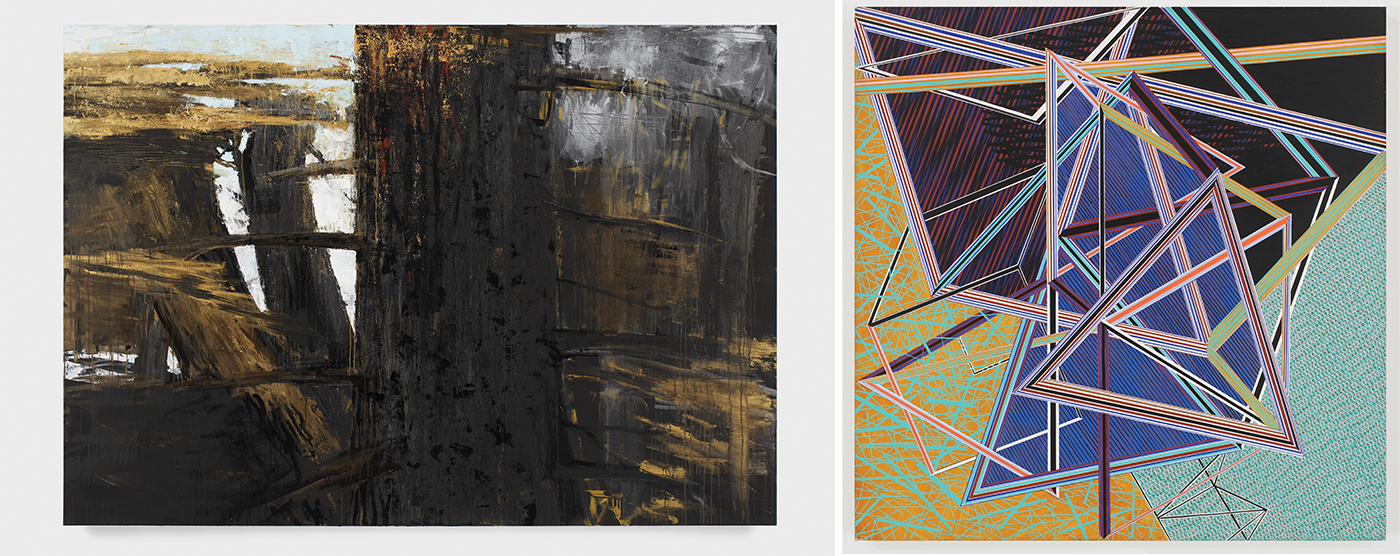
ABOVE LEFT: Another untitled work, this one from 2010, is from his ‘Trees’ series that include impressionistic turbulent paintings of the Lebanese countryside. ABOVE RIGHT: This brightly coloured untitled work from 1978 shows the influence of abstractionism and the Islamic geometric principles that have impacted Nahas’ visual language.
Nahas began working with starfish in a multitude of ways, beginning with the real creatures and then starting to make acrylic moulds out of them, layered on his canvases to create a richly textured surface, on top of which he could paint in increasingly bold colours. “The style started getting different dimensions,” he recalls. “It expanded on all the possibilities that the star has, from the pentacle, to Leonardo’s man with his arms and legs spread apart, to Vitruvius, to Sufist ideas and the beginning of Islamic geometry coming out of nature.”
In recent years, Nahas has been producing his highly intricate ‘Fractals’, dense, colourful works with a delicate, coral-like texture. Each sculptural painting is built up over hours and weeks through the careful application of layers and layers of acrylic paint mixed with pumice – powdered volcanic rock – atop a starfish base.
Since Nahas started visiting Lebanon again in 1993, the country has served as the inspiration for a new series. “When I went back to Lebanon in 1993, I was quite taken by the landscape… the mountains… and I was always wishing I were a landscape painter, but I didn’t know how to go about it,” he says. “In 2006, I was in my studio in New York and I started making paintings. They weren’t really landscapes but I was painting palm trees. I was painting cedar trees from memory. The Trees were abstracted works, but they had a lot to do with Magritte, with Picasso, that kind of aesthetic… I was really enjoying painting them, because the Fractal paintings I was doing were so tedious to paint. So I could let myself go on the landscapes and it was fun work to do in parallel.”
With such an astounding range of work, it’s almost impossible to say where Nahas’ work might go next but we do know that he plans to spend this summer in Lebanon, enjoying his new studio. “I’ve been working for a few years on rehabbing an old silk mill in Ain-Aar, the mountains near Bikfaya, in central Lebanon,” he explains. “This is the village where I used to spend my summers. It’s my maternal grandfather’s village. It’s always nice to reinvigorate the work in one way or the other. I’ve always been very sensitive to my surroundings, so I’m looking forward to that.” As are we.


